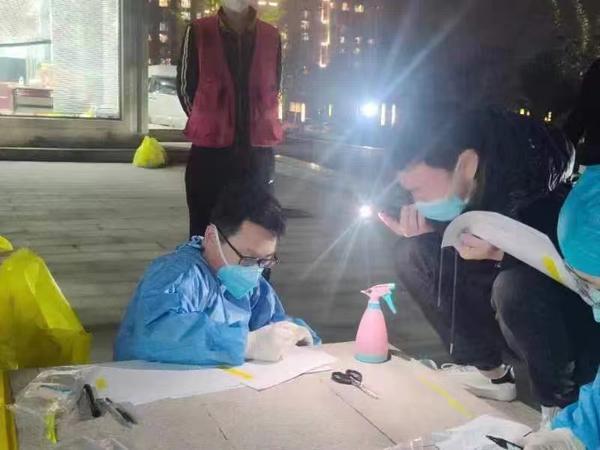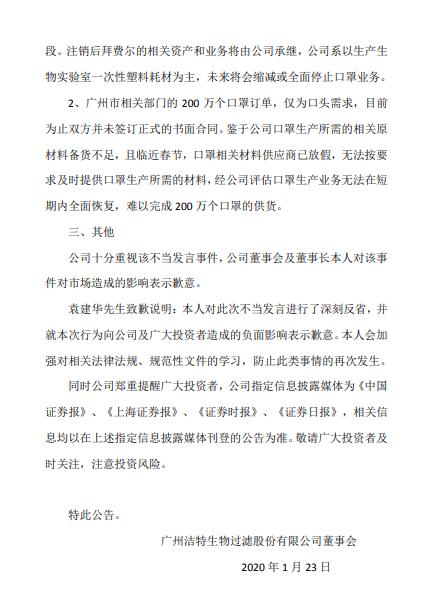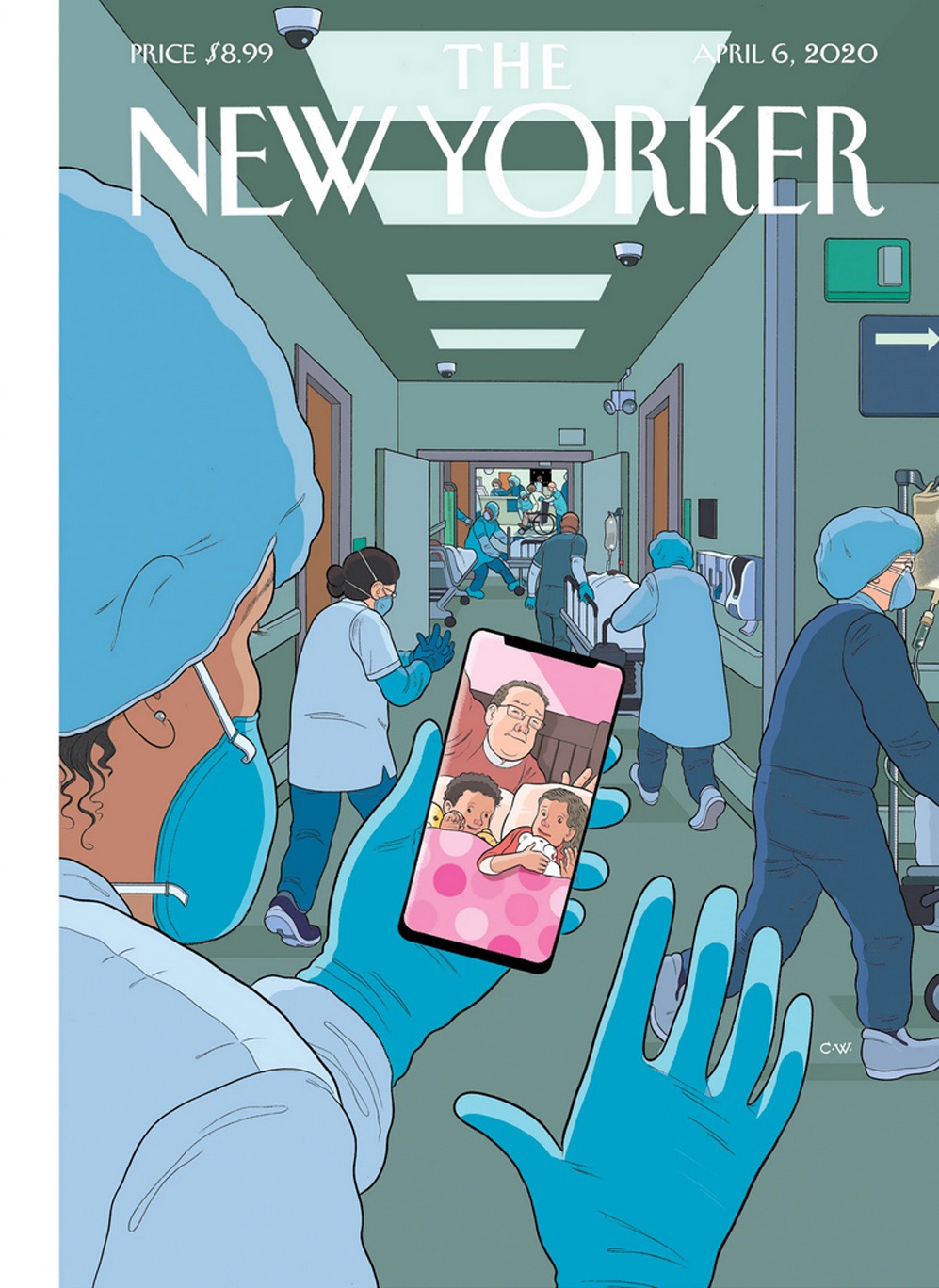In the annals of modern healthcare crises, the outbreak of the Coronavirus Disease 2019 (COVID-19) has undeniably etched its name as one of the most significant public health emergencies of the 21st century. Since its first reported case in December 2019 in Wuhan, China, the virus has swiftly transformed into a global pandemic, infecting millions and claiming countless lives worldwide. This article aims to provide a comprehensive yet concise overview of the COVID-19 pandemic, its origins, transmission dynamics, global response, and its impact on society.
Origins and Early Outbreak
The COVID-19 pandemic can be traced back to Wuhan, the capital city of Hubei province in China, where an unusual cluster of pneumonia cases was first identified in late 2019. Initial reports suggested a novel coronavirus, later named SARS-CoV-2 (Severe Acute Respiratory Syndrome Coronavirus 2), as the etiological agent. This virus was initially thought to have originated from an animal-to-human transmission, possibly linked to the Huanan Seafood Wholesale Market, which sold live animals and was later found to be a hotspot for the initial infections.
Transmission Dynamics
COVID-19 is primarily transmitted through respiratory droplets released when an infected person coughs, sneezes, or talks. These droplets can land in the mouths or noses of nearby individuals, leading to infection. Additionally, the virus can survive on surfaces for a certain period, making indirect contact through contaminated objects a potential route of transmission. The virus is highly contagious, with R0 (the basic reproductive number) estimated to be between 2.5 and 3, indicating that one infected person can transmit the disease to 2.5 to 3 others on average.
Global Spread and Impact
The rapidity of COVID-19's global spread was unprecedented. Within months of its initial detection, cases were reported in nearly every country, disrupting economies, education systems, and daily life on a massive scale. Governments around the world implemented various measures to contain the spread, ranging from lockdowns and social distancing to travel bans and mass testing campaigns. However, due to the virus's high transmissibility and the challenges posed by international travel and trade, these efforts often proved insufficient in preventing widespread infections.
The economic consequences were profound. Businesses closed their doors, leading to job losses and economic stagnation. Supply chains were disrupted, affecting essential services like healthcare and food distribution. The World Health Organization (WHO) declared a global pandemic on March 11, 2020, marking a turning point in the fight against the virus as countries scrambled to implement more stringent measures.
Scientific Research and Vaccine Development
Amidst the crisis, scientific communities worldwide mounted a rapid response to understand the virus's nature, develop diagnostic tools, and search for treatments and vaccines. Genome sequencing revealed that SARS-CoV-2 is closely related to other coronaviruses that caused severe outbreaks in the past, notably SARS (Severe Acute Respiratory Syndrome) in 2002-2003 and MERS (Middle East Respiratory Syndrome) since 2012. This knowledge facilitated the development of diagnostic tests and paved the way for vaccine research.
Several vaccines were developed through innovative approaches like mRNA technology and traditional methods of virus inactivation. In December 2020 and early 2021, several vaccines were approved for emergency use by regulatory agencies worldwide, including Pfizer-BioNTech, Oxford-AstraZeneca, Moderna, and others. Vaccine distribution became a global priority, with countries collaborating through COVAX, aiming to ensure equitable access for all.
Social and Psychological Effects
Beyond the physical toll, COVID-19 has had profound social and psychological impacts. Isolation measures led to feelings of loneliness, anxiety, depression, and increased domestic violence. Mental health services were overwhelmed as people struggled with the uncertainty of the future and the loss of loved ones. The pandemic also highlighted inequalities in access to healthcare and essential services, exacerbating pre-existing social disparities.
Lessons Learned and Future Prospects
The COVID-19 pandemic has served as a wake-up call for global preparedness and resilience in the face of future health crises. It has underscored the importance of strengthening public health systems, investing in research and development, promoting global cooperation in times of crisis, and ensuring equitable access to healthcare resources. The pandemic has also accelerated digital transformation in healthcare delivery and education, highlighting the potential of technology to bridge gaps during challenging times.
Looking ahead, continued monitoring of viral variants, improved vaccination strategies, and enhanced public awareness remain crucial for managing future outbreaks effectively. As we navigate this new normal, it is essential to learn from our experiences and work towards building a more resilient global community that is better prepared to face future health threats together.
转载请注明来自爬爬百科,本文标题:《COVID-19疫情简述,全球挑战与应对措施》












 京ICP备11000001号
京ICP备11000001号
还没有评论,来说两句吧...